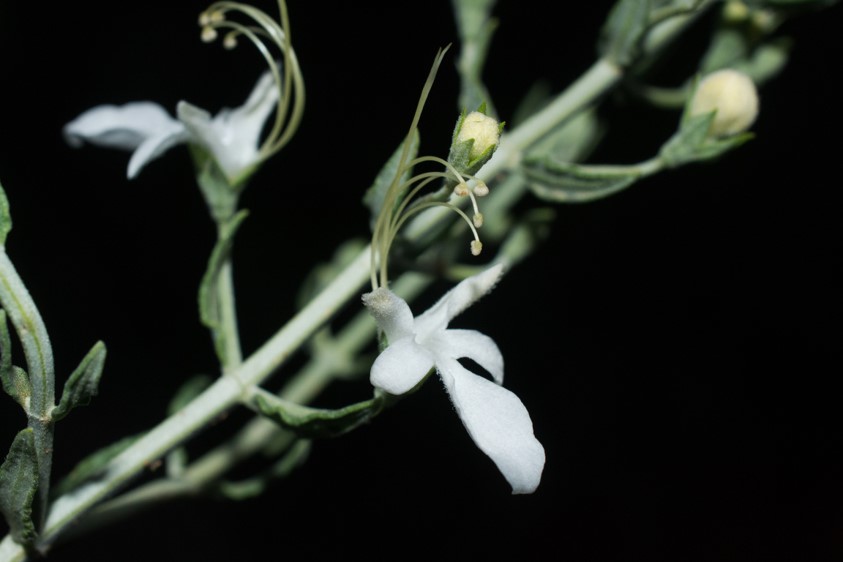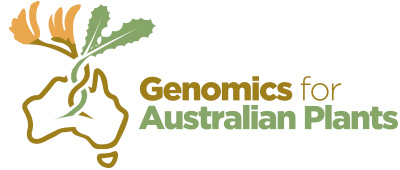Teucrium (Germander)
Aim: Phylogenomics Stage 2
Project initiation: Aug 2021
Project lead: Trevor Wilson | Australian Institute of Botanical Science, Royal Botanic Gardens & Domain Trust

Project description:
Germander (Teucrium) is a cosmopolitan genus of the mint family (Lamiaceae) with incredible history and economic significance from its prized essential oils. Little is known to science about the diversity, historical significance and economic value of Australian species, most of which belong to a single clade with enormous potential. A recent conspectus for Queensland species remains our best understanding of Teucrium’s diversity in Australia, and it suggests there are many species unknown to science.
Based on hints from a global phylogenetic study of the genus, better knowledge of the Australian diversity will not only assist with securing Australia’s biological heritage, it will shed light on a fascinating shift in flowering and fruiting strategy that appears to coincide with recent dispersal into Oceania. With the support of Genomics for Australian Plants (GAP) Australian Angiosperm Tree of Life (AAToL) Stage 2 Request for Partnership, we will explore the evolutionary history of this group using a standardised-use of the Angiosperms353 probe kit, a universal toolkit for targeted sequencing of 353 genes. With our results, we will assess relationships, reconfirm recent generic transfers, test species boundaries of morphologically variable taxa and investigate the evolution of floral symmetry and the uncommon phenomenon of fleshy fruits in the mint family.
